Every organisation faces the challenge of providing online help and supporting customers across their growing digital products and services.
The online support works as visual mentoring instead of a response mechanism to failure.
All companies dealing with the same problem ask themselves – should our support be centralised, contextualised, redistributed, on-demand?
We are seeing more and more customers accessing digital services without the proper knowledge to use them. An appropriate help system to support them in their decision making is desired function of any business.
Empowered by our R&D team, we have tested a dozen of cases to prove that the storytelling can and will change the Personal Account Servicing as we know it.
Situation
The most used services
define the Product Road Map.

Effect
We decided to test a simulation model that would benefit customers to learn how to use Internet Banking frequently visited features. The goal was to have this simulation model across the three major brands.
The features we focused on were:
Immediate.
FP.

1/3
Faster
Payment.
Instant availability
New account holder
Existing recipient pay a bill
Accessible at all times
Control.
SO.

2/3
Standing
Order.
Add and remove Recipient
Verify Recipient
View, Amend and Search Recipients
View, Amend and Search Statements


Why
Digital
Self-Serve.
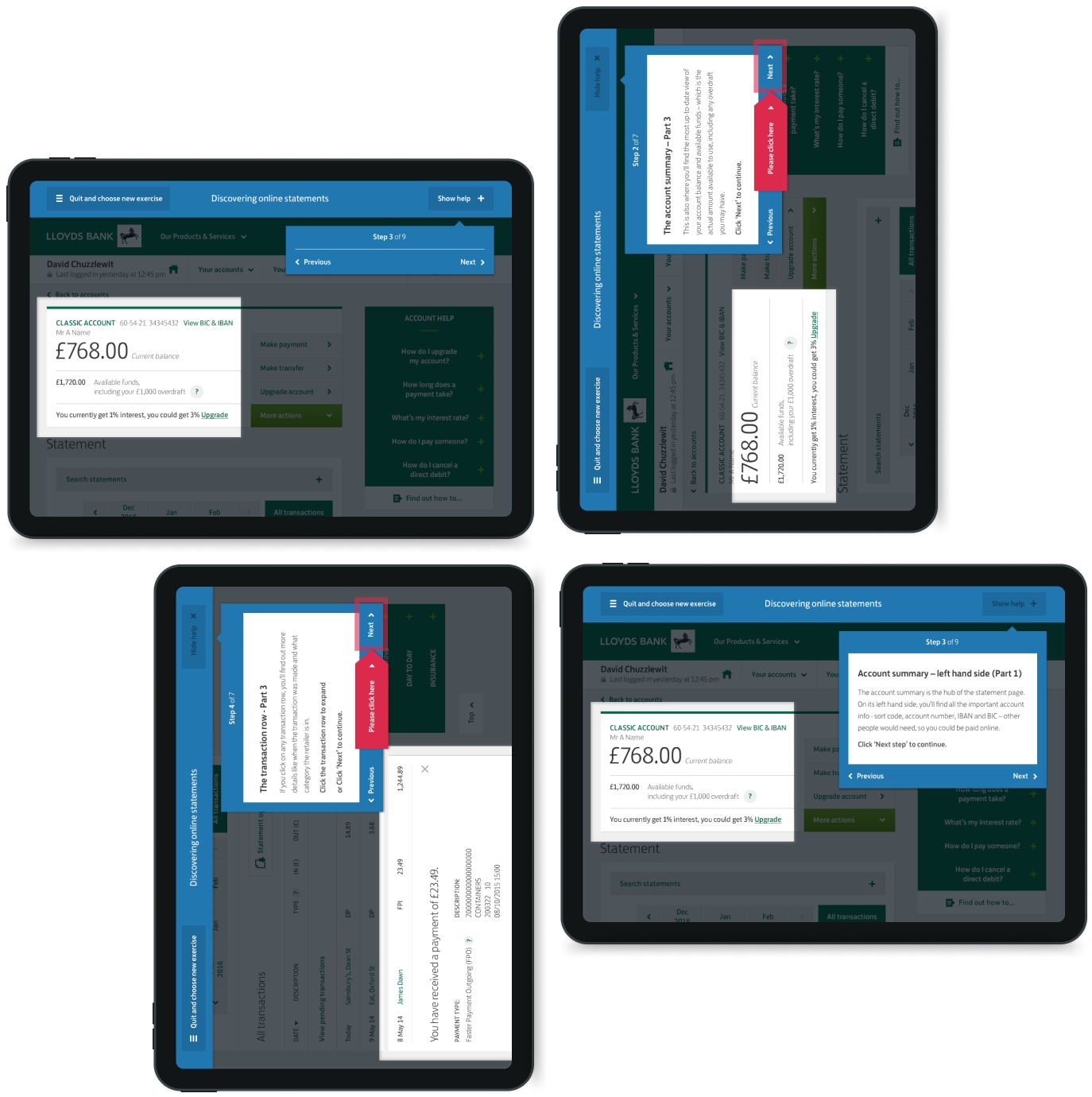

Approach
To understand the complexity of this proposition, our visual designers carried out extensive research across all existing components to find the best way a help and support tool could be rolled out with minimum impact on the business while delivering greater value to our customers.


Why
The Authentication
Principle.

Explore
We decided to implement "Coachmarks" to support our customers based on extensive research and help them in the context of the experience. The coach mark is a floating element guiding our customers through a journey in a simulated internet banking environment. Our BA team and the UX specialist created an experience map to capture all necessary criteria. This map integrated all layers and complexity that must be considered in such an implementation.


Why
The Framework.


Experience
The following section represents a fraction of the design work undertaken to accommodate all the requirements (including AAA and colour compliance). Once we lay down the basic framework, we tested with real customers and implemented it across all three brands.


Why
Content
Strategy.
Faster
Payments.

Reduce failure when verifying and assigning new recipients.
Standing
Orders.

Improve standing order recipient verification.
Direct
Debits.

Making direct debits easier to manage.


Experience
Our content team produced fantastic work by capturing the nuances of each interaction and translating them into narratives. These simple little stories empowered and guided customers through their journeys without fear of failure.
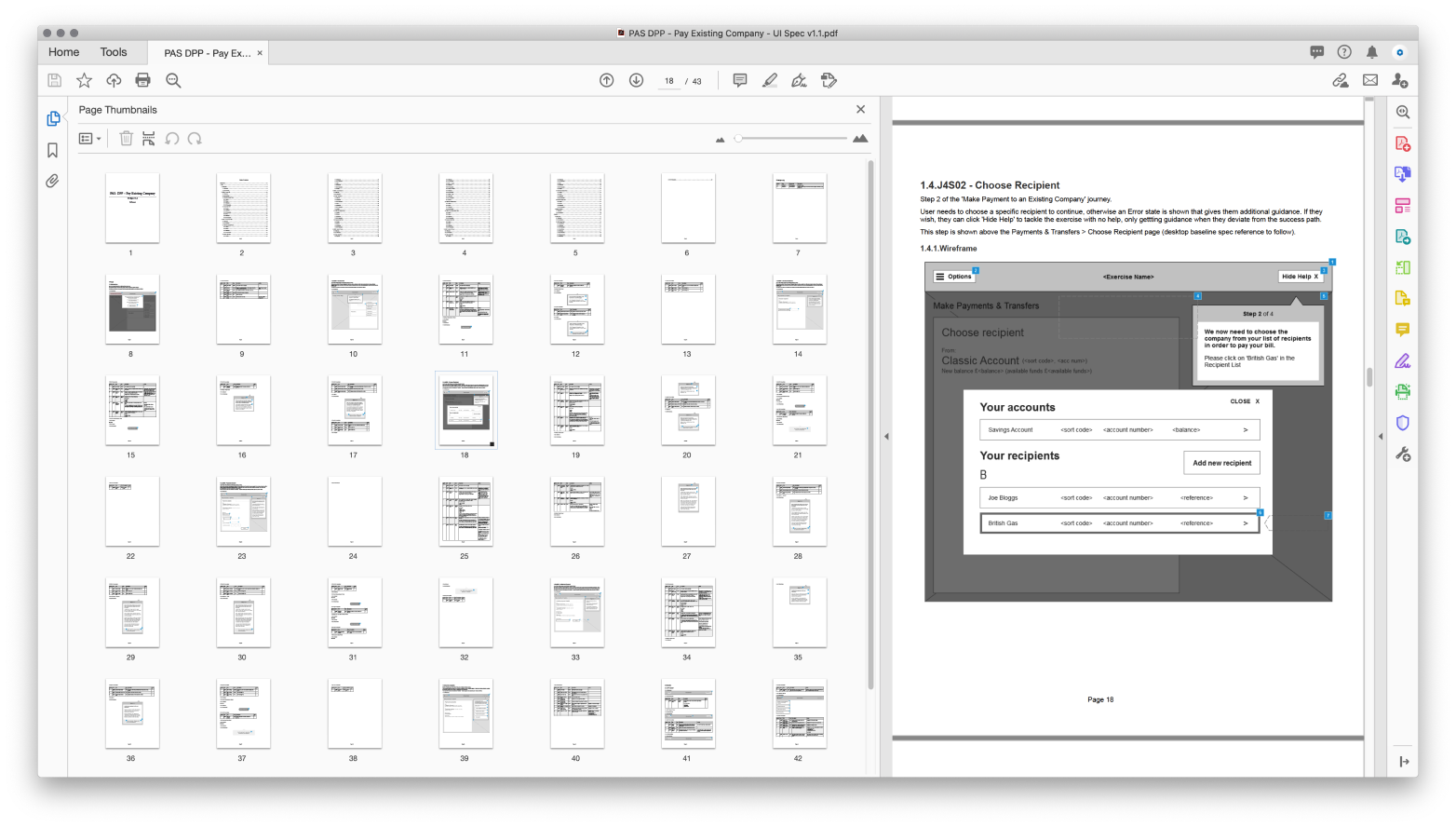

Experience
All help and support content had to fulfil a wide range of criteria, including readability and legal, regulatory and risk approval. This content was then added to Lloyds Banking Group Global Language Guidelines, which supported copywriters across the Retail, Commercial, Insurance and Enterprise workstreams to optimise and improve their work.

Why
Customer Onboarding.
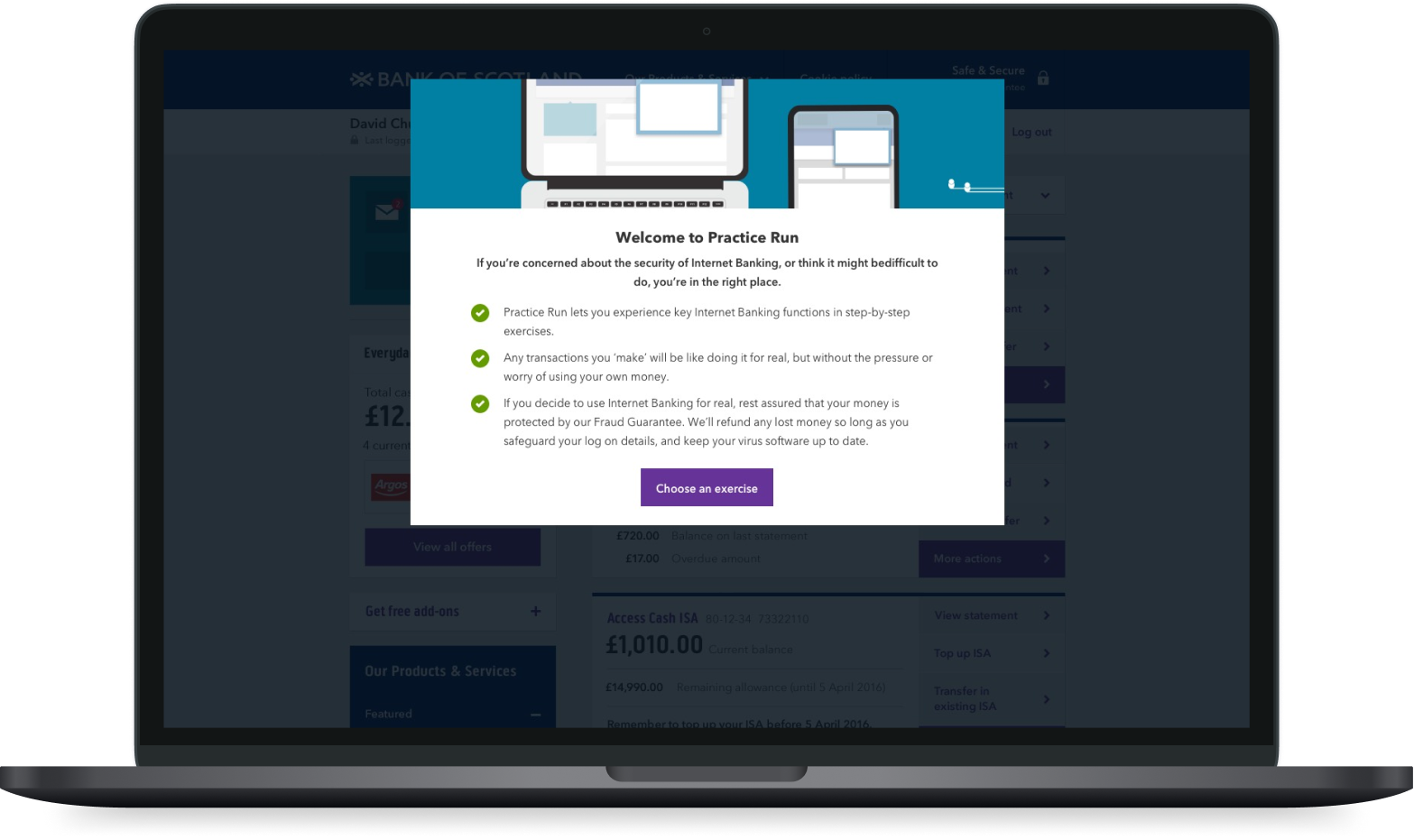

Setting robust Experience Design Principles helps us to align thinking and action across the different teams objectively. These are progressive principles that drive, measure and educate the team across a wide range of touchpoints

Simplicity & Accessibility
We, Designers in Personal Account Servicing, decided to change that. Alongside CSM®, we moved from TDD (Test Driven Development) to BDD (Behaviour Driven Development), carefully testing each interaction against the desired behaviour. Our research team has done an incredible job by providing insights and changing the hypothesis to opportunities that help us solve the current challenges better.

Simplicity & Accessibility
Every large organisation faces the challenge of providing online help and support for its customers. Should this be centralised, contextualised, redistributed, on-demand?
We are seeing more and more customers accessing digital services without the proper knowledge to use them or appropriate help systems to support them in their decision making.

Why
Landing
Experience.
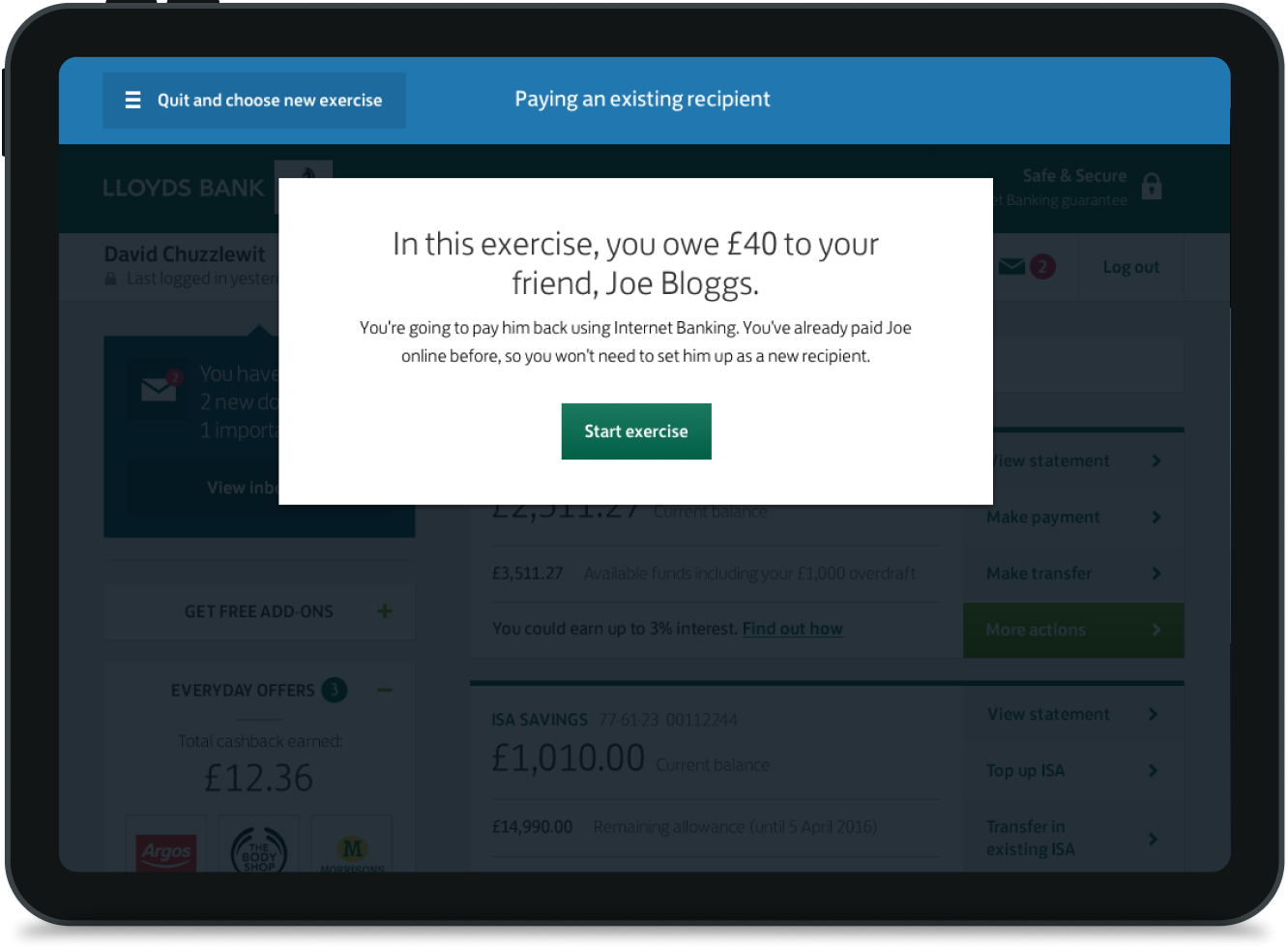


Approach
The design team sat in our testing room to firsthand see the proposition's success. After days of internal testing, 87% of our respondents agreed with the solution. This testing validated our designs, which we share with our development team.

Why
Affirmative
Visual Flow.

Approach
Considering the movement of the Coachmark, we had to figure out how to keep the Coachmark in the same position. In the context of customers with less visual attention wouldn't lose the connection between the previous and subsequent interaction.
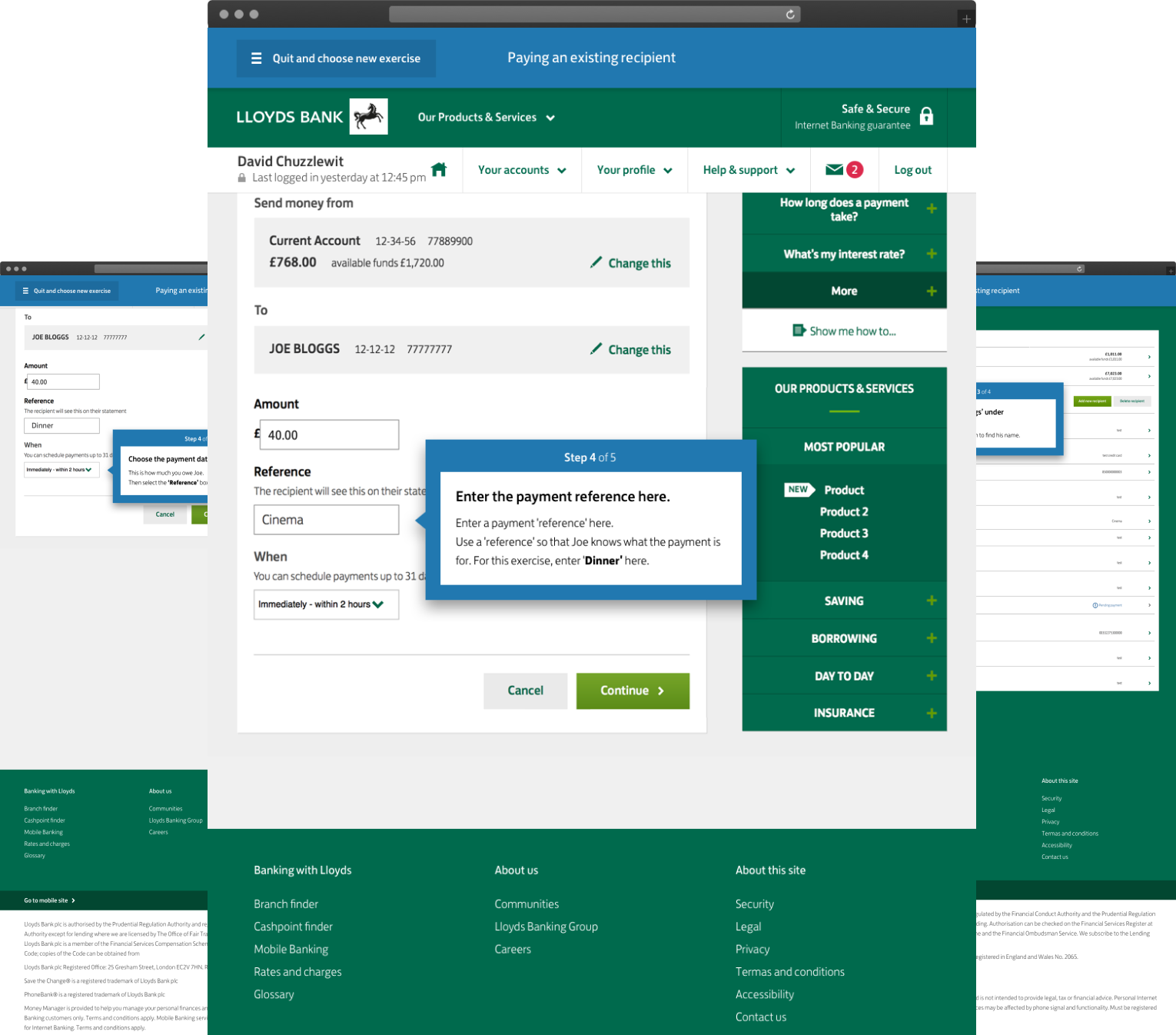


Why
Design Components
at Play.

Approach
Keeping the Coachmarks in the same position had a massive impact on our customers. We anticipated it would take up to a month for 5k customers to start using the tool; instead, we achieved this adoption in one week.
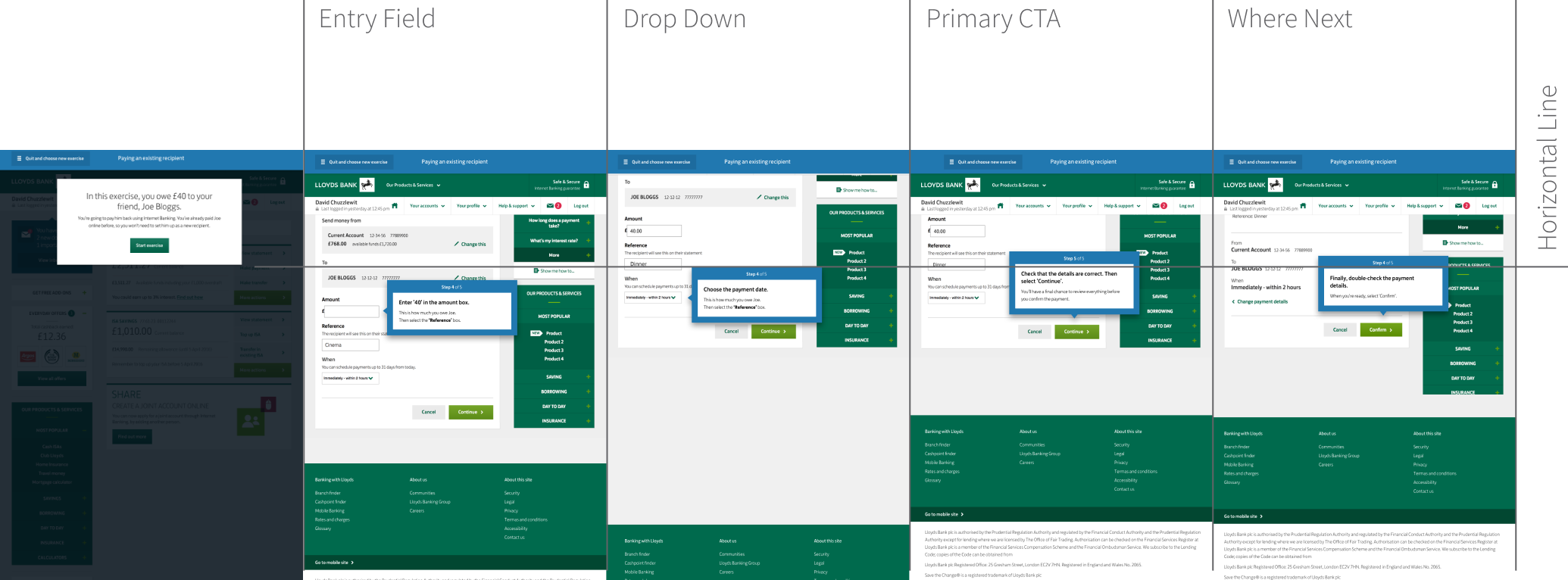


Acquisition
Where
next?
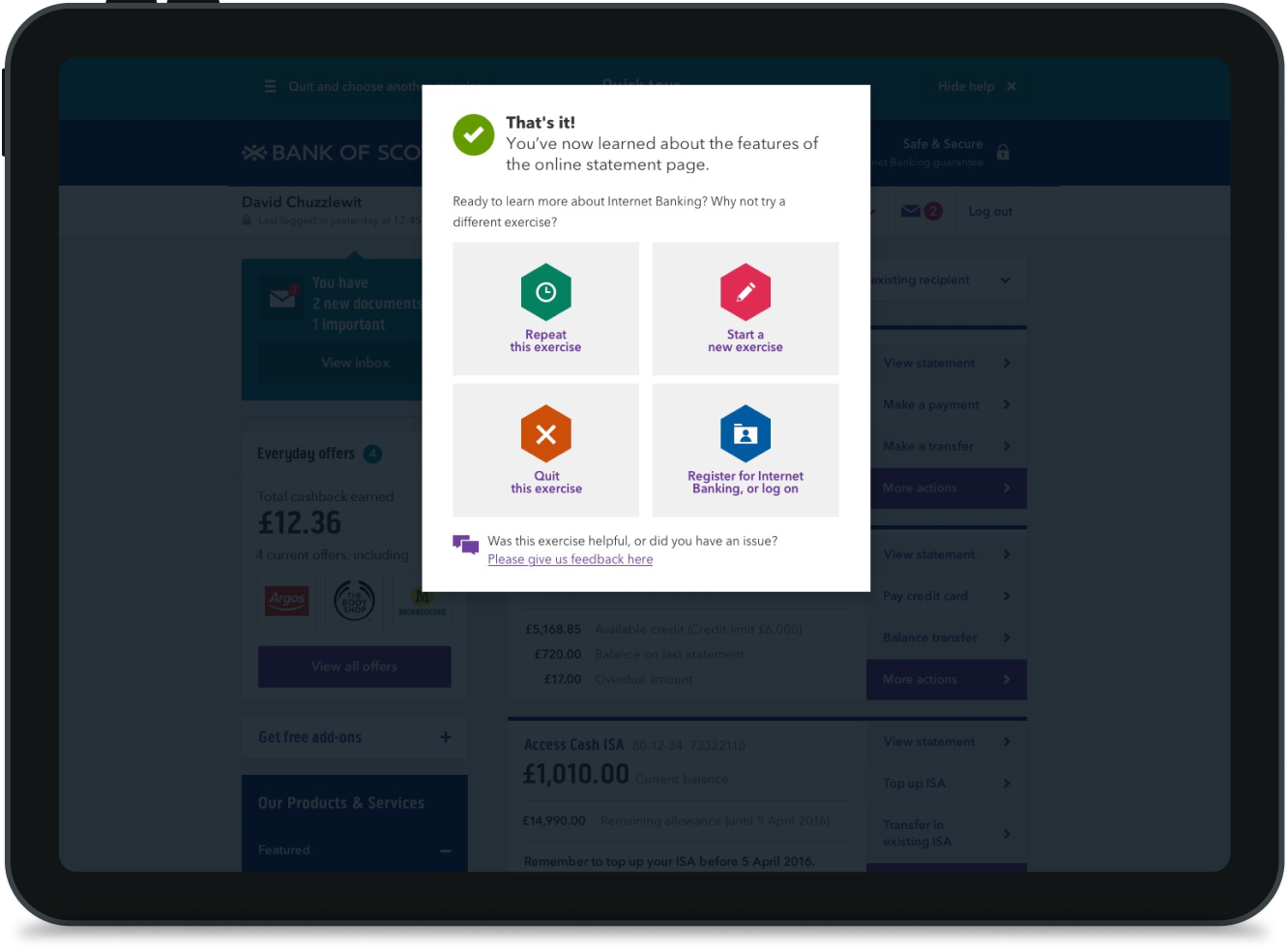


Approach
We measured journey success and conversion rate with existing and new customers by using analytics. Each scenario defined an overview and the options to Repeat, Quit, Start a New Exercise or Register for Internet Banking.

/285


Effects
How the Design Guild can change your design delivery forever.

Number of attendees.
285+
2016 - 2017

Establishing the Guild
Once the team reached a certain number of members, I established a Personal Account Servicing (PAS) Design Guild. This guild allowed every member to share their challenges, concerns, suggestion and improvement to an existing proposition or the way of working. A democratic space where the team could discuss and decide on an appropriate approach.
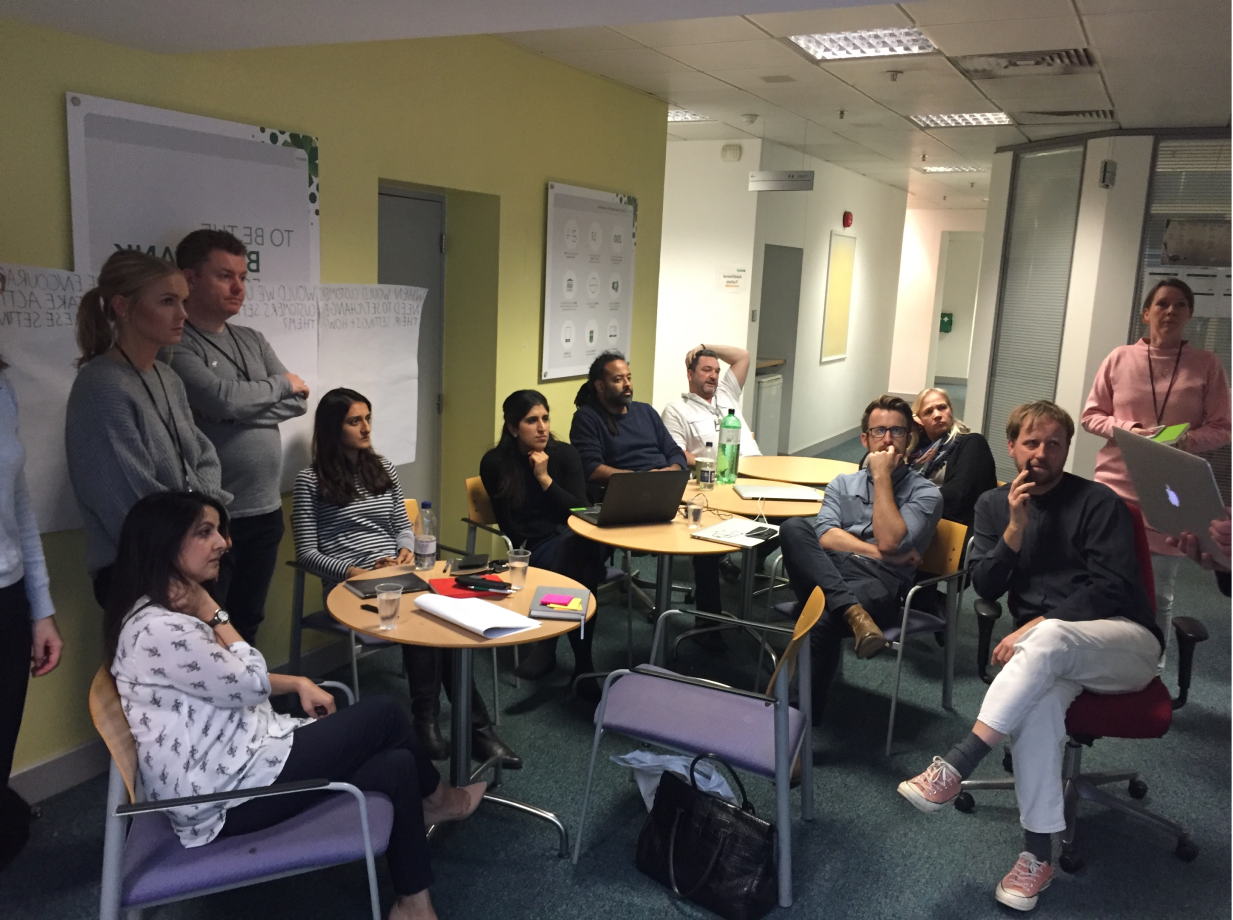

PAS Design Guild
Every Wednesday, we met and invited people from other design teams to see how this transparency helped build better products. Equally, we focused on how tribal leadership could drive innovation. Surprisingly we more often receive recognition about how we do what we do and how transparency can lead to efficiency and cost-saving.


People
DPP Product Team.
2017 - 2018


Georgina A.
CPO®


Jumainah M.
CSM®


John K.
Intergration Lead


Simon W.
Lead Engineer


Jiri M.
CX Lead


James P.
UI Lead


Sturart W.
Copy Lead


Sarah C.
Research Lead


Neil T.
CX Designer


Jose D.
UI Designer


Colin N.
Copywriter


Kapil D.
BA

Why
Impact of the design and Design Ops. on the Product Delivery.
Overall
Budget.

£2m
The overall budget estimated teams involved in DPP integration on the Personal Account Servicing Side and bank representative access side.
DaS™ saved across
the proposition.

560k
We have launched the product earlier than originally estimated which has significant pack on operational cost.
Impact on
the business.

28%
We have launched the product earlier than originally estimated which has significant pack on operational cost.
* All my teams operate on a simple family model. Across the multicultural and multidiscipline teams, we all have families and understand our roles – translating that correctly to the team makes a significant difference to the tribe and their outcomes.
To a tailored list of meaningful snippets that help design
leaders manage their daily challenges at scale.
All brands and trademarks presented on Design at Scale™ website are owned by their relevant companies or agencies. The projects represent collaborations between designers, developers and product owners. Do not copy or publish any of the projects shown here without writen approval from Design at Scale™ (alternatively GIVE™, 9V™) and/or relevant companies and agencies.

